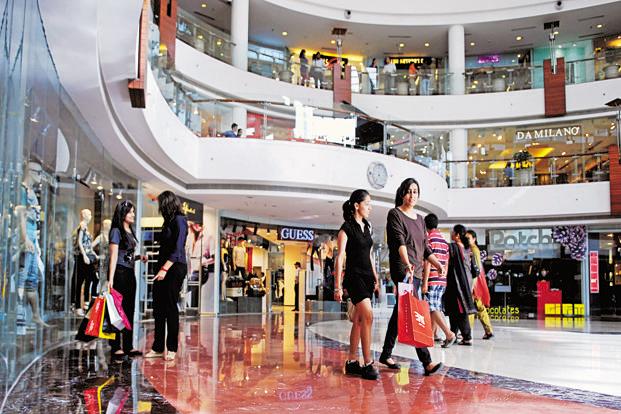Tales of high street decline seem to have been ubiquitous over the past decade. Each day the headlines seem to tell the name of another retailer who is struggling to stay in business, attributing their difficulties to online competition and changing customer preferences. However, despite these challenges, the high street continues and many younger businesses are finding great success. Now, the headlines have turned to the challenges of 2020, such as coronavirus, lockdown, and a recession, describing how they might be the final straw for brick and mortar stores, but, once again, retail is looking to pull through.
While certain stores are indeed closing or moving their businesses online, those sticking around are adapting their operation. What, at first, seemed like temporary adjustments, such as social distancing cues and sanitiser stations, have now become mainstays, driving the retailer experience to become almost entirely contactless. Even as risk of the virus alleviates, people remain concerned, while others predict face masks to become a standard accessory that is common among shoppers.
Is this what we can expect of retail in the future, sanitised cable displays and cautious environments where shoppers are restricted from interacting with products? It seems unlikely since interactivity and personability are two of the main qualities differentiating the high street from the internet. If shops were to become too clinical, customers seem likely to take their business online instead. Besides, as it stands, evidence suggests that many shoppers have not been deterred from stores despite increased precaution.
Interestingly, the technology to bring about contactless and safer shopping was being developed before the pandemic took ahold. Last year, Amazon were already trialling their own brand of supermarket stores that removed the checkout experience altogether, using advanced technology to detect when customers took items from the shelves and charged their accounts as they left the store. While this type of expedited retail experience isn’t realistic for much smaller stores just yet, it may begin to appear more commonplace once it has been shown to be successful.
We’ve already seen the introduction of contactless shopping with cash transactions decreasing in stores, swapped with contactless device payments. Even many small stores are able to introduce cost-effective methods to support these payments, such as with iZettle. These payment methods do not negate the need for other precautions and have been adopted primarily for their efficiency. They have begun to free stores of many cumbersome assets, leaving more room for design.
This is what seems to be the predicted trend for stores, that they will be freed from bulky and old fashioned necessity and, instead, become brand spaces.
These spaces will attract customers who aren’t just looking for specific products, which can often be found easily on digital stores, but will be retail spaces that amplify the brand, showcasing their products on standoffs and with intricate displays. Without the need to fill the shop floor with an abundance of stock or design shopping areas with checkout areas in mind, store design becomes open to customisation. And, since many of these restrictive shop assets are become usurped by COVID concerns and technology, it seems like that that the future of the high street is to be one solely for brand spaces.

